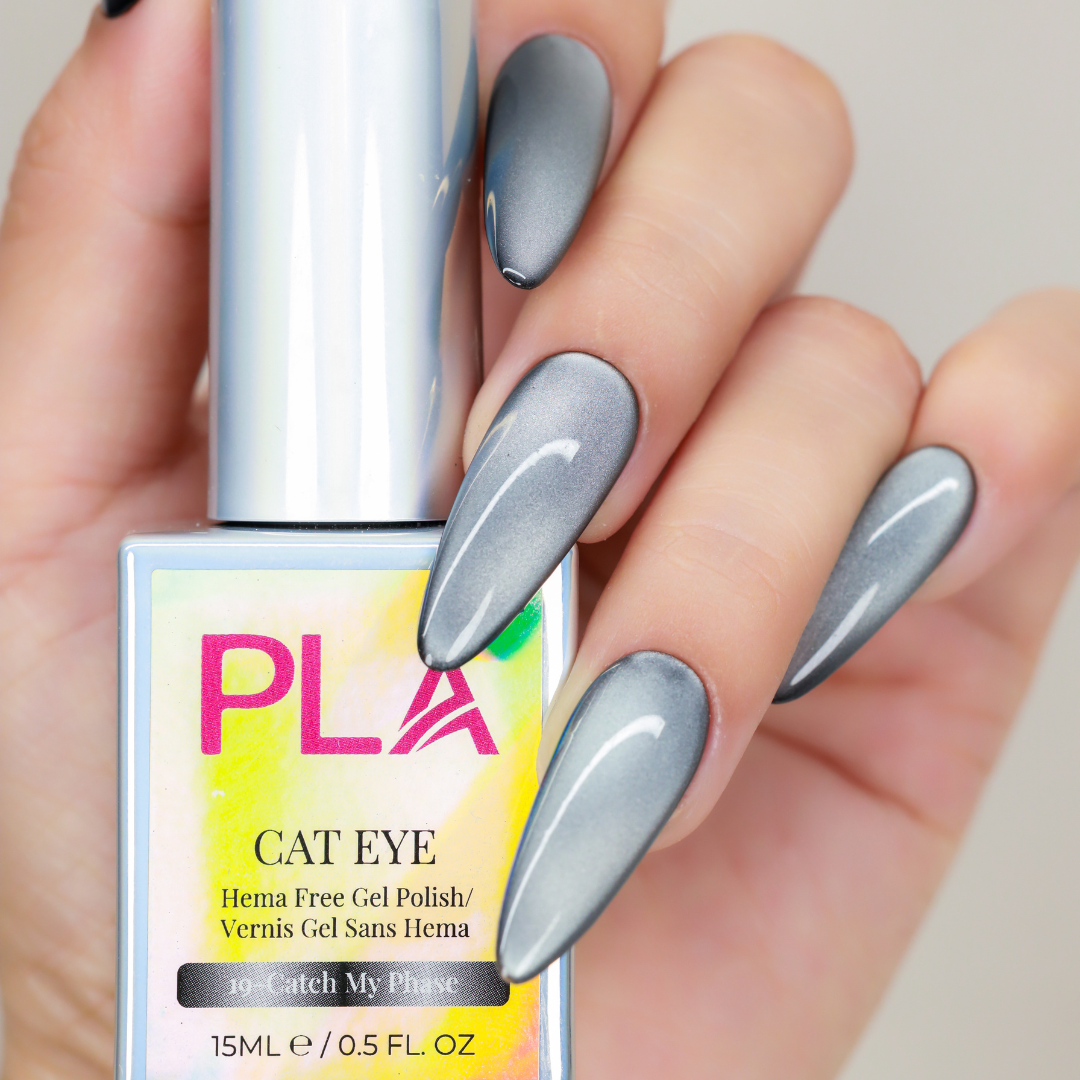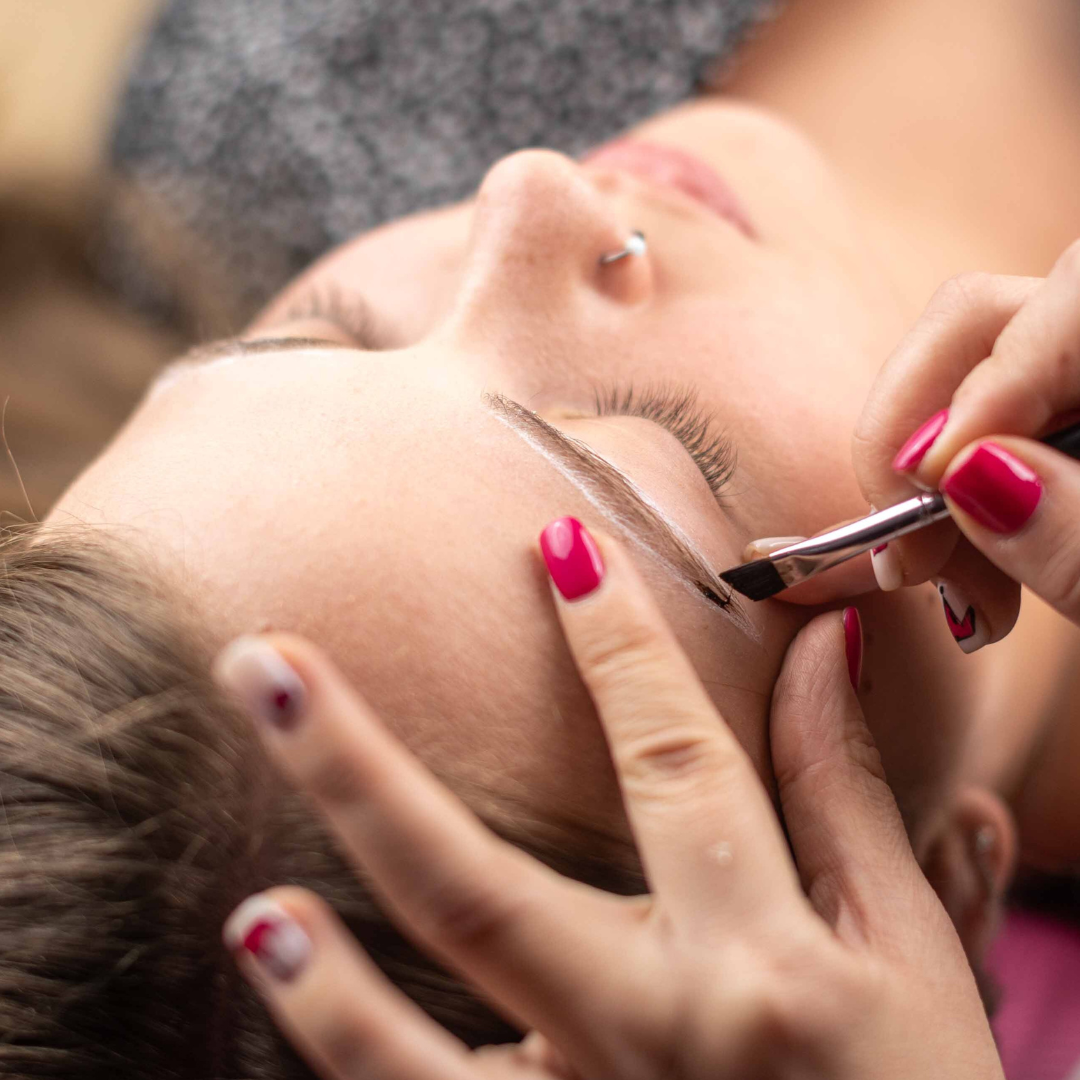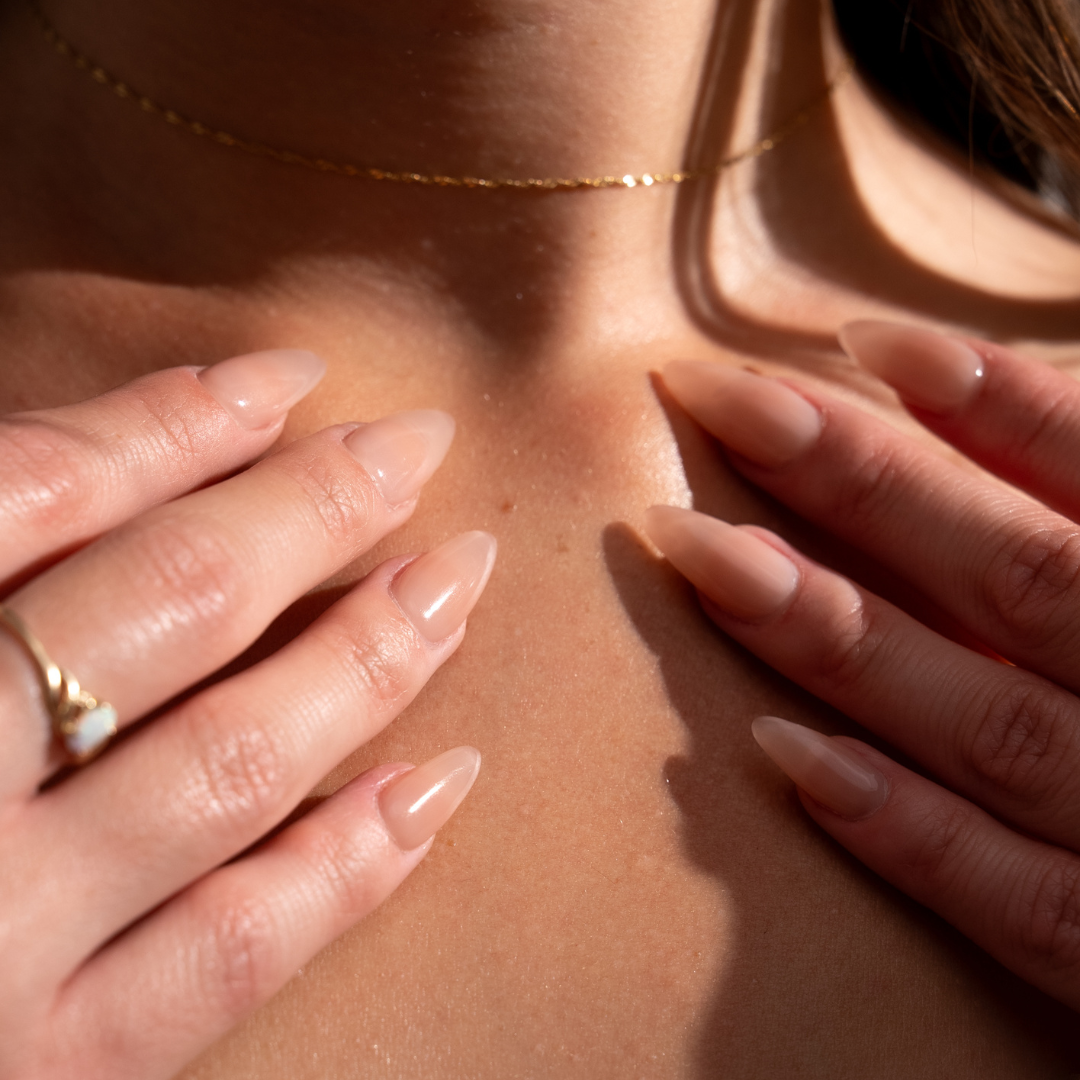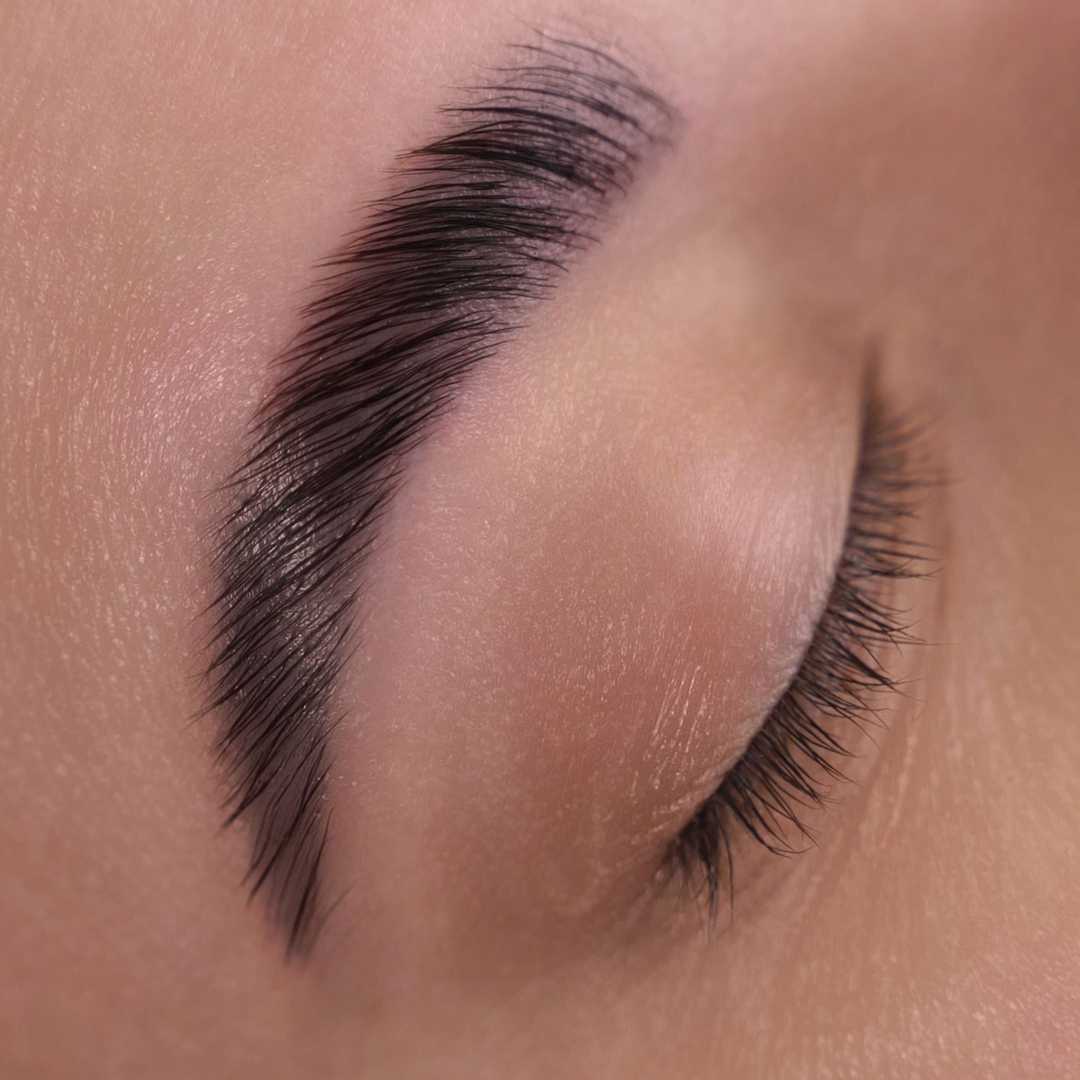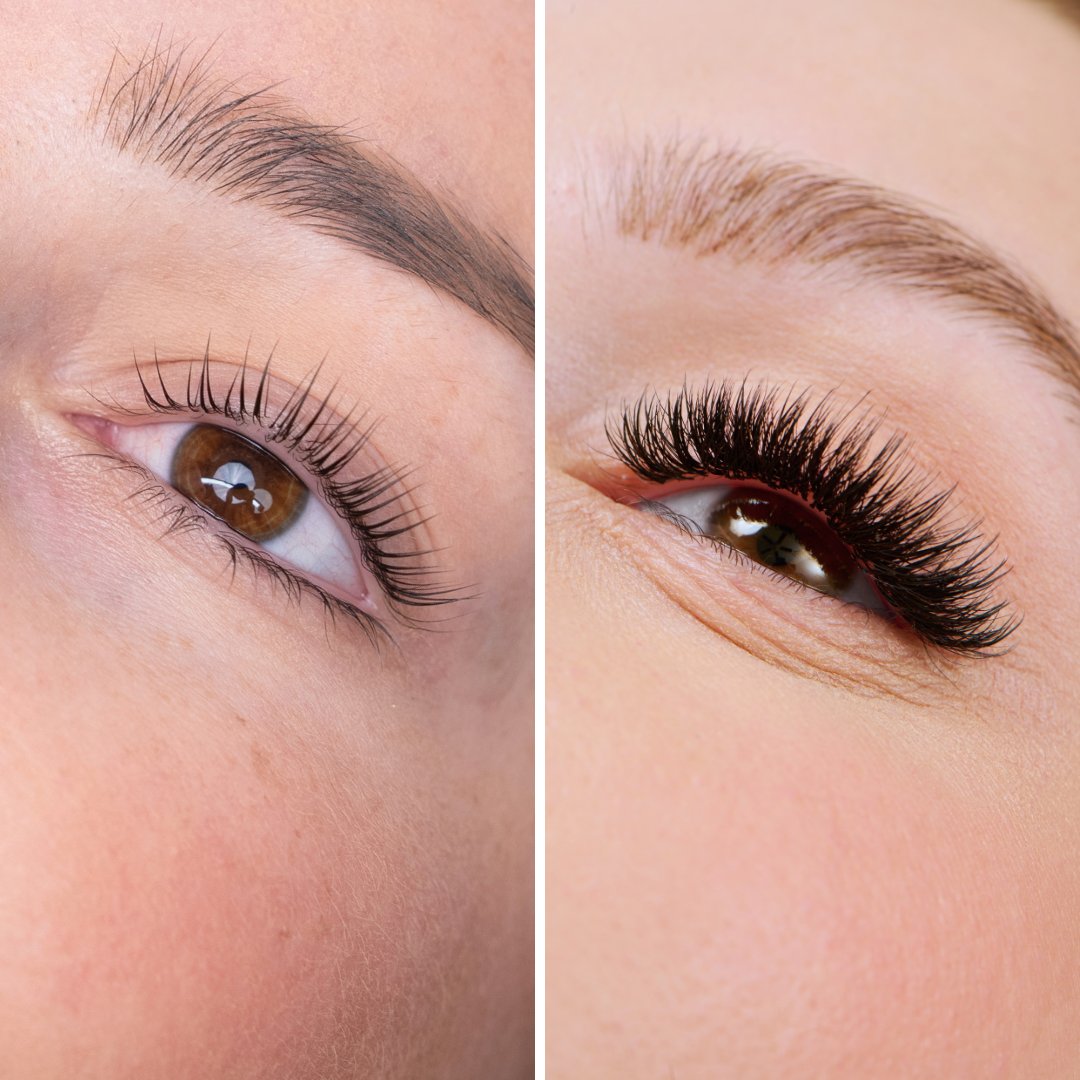Nail Dip vs Gel: What’s the Difference Between Nail Dip and Gel?
Nail Dip vs Gel: What’s the Difference Between Nail Dip and Gel?
With so many different options when it comes to nail enhancements, choosing what’s right for your client can be daunting. Two of the most popular services today are dip powder and hard gel manicures, but between nail dip vs gel, what’s the difference? And as a nail tech, which should you offer?
While they can sometimes look similar and have similar features, there is a huge difference between nail dip and gel in the application process, wear time, and science behind them.
Whether you’re a nail lover trying to figure out what’s right for you or a nail technician trying to choose the right services to offer, we’re going to break down the difference between nail dip vs gel.
TL;DR - Nail Dip vs Gel
Not sure which nail system to choose? Here’s a quick breakdown:
-
Dip Powder: No lamp needed, strong but can be rigid, quick to apply and remove. Downsides? Can feel bulky if over applied and could feel gritty if not properly applied.
-
Gel Nails: Cured under UV/LED lamp, flexible and natural feeling, better for sculpted length. Downsides? Appointments can be time consuming and it has to be cured under a lamp.
-
Dip is best for low maintenance, first time clients.
-
Gel is good for flexibility, shine, and durability with the option of length.
Bottom line: Choose based on your client’s lifestyle, nail goals, and service preference.
What is Nail Dip?
Nail Dip, also known as Dip Powder Nails, has taken the world by storm in the last few years and it’s one of those nail tech must-haves, especially in a salon setting when an increased amount of people are asking for them.
Nail dip is a nail enhancement technique that combines aspects of acrylic and traditional polish. It uses colored acrylic powder (for info on ingredients, see what is nail dip powder made of) and an adhesive liquid system that is layered to create a strong, structured, long-lasting manicure.
How it Works
Nail dip works by layering a colored nail dip powder over a special adhesive to build strength and pigment. Most dip systems follow a four-step process that includes a primer, base coat, activator and top coat.
After prepping the nails, a base coat is applied and the nails are dipped into the powder, or the powder is poured over the nail. Once the desired coverage is achieved, an activator hardens the layers, and a final top coat is added to add shine. The result is a durable, long-wearing manicure that doesn’t require a UV light to cure or harden.
Benefits
Dip powder nails have become a go-to for clients who want long-lasting wear and added strength. They offer several advantages that make them appealing, especially in a salon setting.
-
No UV lamp required for curing
-
Strong, durable, and long lasting
-
Adds thickness and structure, without the heaviness of acrylic
When applied properly, dip powder delivers a durable, chip-resistant finish that’s perfect for clients seeking extra reinforcement.
Drawbacks
That said, dip powder isn’t ideal for every client or every service. There are a few things to consider before offering it or getting it on yourself:
-
Can feel bulky if over-applied
-
May appear gritty or uneven if not applied with care
-
Limited flexibility compared to gel
-
The application method where clients dip their fingers into a shared jar, sanitation can be a concern.
-
On the flip side, if you’re pouring the powder over the nail and discarding powder, this can be seen as wasteful.
For best results, dip systems should be applied with precision and proper hygiene protocols to maintain both safety and a smooth, polished look.
Now that we’ve covered the basics of dip powder, let’s go right into gel polish.
What is Nail Gel?
We can’t talk about the difference between nail dip and gel without getting into the basics of gel nails.
Nail gel, often referred to as hard gel or builder gel is a salon-favorite nail enhancement known for its high wear, high shine and durability. It’s a long-lasting nail enhancement that is used primarily for reinforcing natural nails or creating structured manicures. It’s popular among both nail professionals and at-home users who want longer-lasting, sculpted nails.
How it Works
Nail gel works by curing (or hardening) through exposure to UV or LED light which allows it to form a strong, durable structure on the nail.
After prepping the nails and applying base coat, a layer of gel is added near the cuticle area then is floated toward the free edge. After the layer is painted and levelled, it is cured under a UV lamp. This process is repeated and depending on the thickness/length one is trying to achieve determines how many layers are needed. Once the nails are at the desired thickness, a top coat is painted and cured. The result is a durable, smooth, long lasting manicure.
Benefits
Gel nails are ideal for clients who want a clean, professional look without peeling or chipping and with minimal upkeep. There are several advantages when it comes to gel nails:
-
Low odor, compared to acrylic nails
-
Adds strength and durability, and can be used to extend nails
-
High gloss/shine
-
Flexible, but still strong – builder gel maintains some flexibility compared to other options
-
Natural looking finish
When applied (and removed) correctly, nail gel offers a long-lasting, high shine manicure that doesn’t damage the natural nails.
Drawbacks
While gel nails offer long wear and strength, there can be some downsides. When considering gel nails, think about some of these drawbacks:
-
Requires a curing lamp
-
If natural nails are weak and brittle, curing process can seem painful
-
Can be time consuming
While there can be some drawbacks, the pros of gel nails typically outweigh the cons.
Nail Dip vs Gel: Breaking Down the Differences Between Nail Dip and Gel
Now that we’ve covered both, let’s compare nail dip vs gel side by side across the most important categories.
Application Process
When it comes to nail dip vs gel, they both follow very different application methods, even though they both result in beautiful long lasting nails. We’ve already discussed how both of them work, and the application process, but let’s talk about the differences.
Both dip powder and gel nails involve application in layers, but for dip powder involves dipping the nail into the powder while the base is still wet. On the other hand, the gel is applied in layers with a brush.
Dry Time and Curing
Another considerable difference between nail dip and gel has to do with the dry time and curing. While dry time for both nail dip vs gel is almost instant, the curing process is much different. Dip nails air dry with the help of the activator, which hardens the nails almost instantly. Gel nails are dry once cured, with no waiting involved or risk of smudging.
Durability and Strength
Another difference between nail dip and gel to consider is their durability and strength. While both gel nail vs dip are pretty durable manicure options, each one is different.
Builder gel has high strength and durability, and is a little more flexible. On the other hand, dip nails are also strong, but more rigid. Gel nails are also better for sculpted length between the two.
PLApro Tip: If your client wants medium to long, sculpted nails, builder gel is the safer and stronger option. If your client wants a low maintenance, quick appointment, dip powder is great.
Look and Feel
The look and feel between gel nail vs dip varies as well. Gel nails are ultra-smooth and glossy with almost a glass-like finish, and they can be kept thin or built up for structure. On the other hand, dip nails can be slightly thicker and even bulky depending on the application and can be grainier.
As far as the feel on the nails, gel nails are lightweight with a flexible and natural feel, while dip nails are heavier and can feel stiffer.
Removal Process
Now let’s compare the removal process between nail dip vs gel! Both can be removed by soaking them in acetone once the top layer is filed off. Between the two, dip powder is easier to remove.
Best Uses Based on Client Needs
The “best” system — nail dip vs gel — largely depends on your client’s specific needs, lifestyle and nail goals.
Gel nails are best for clients who:
-
Want long, sculpted, or shoaped nails
-
Have weak, bendy or damaged nails
-
Want a sleek, glossy, natural looking finish
-
Have hands-on jobs or active lifestyles
On the other hand, dip powder is best for clients who:
-
Want quick, no fuss appointments
-
Are budget conscious
-
Are getting their nails done for the first time
As a nail technician, if your client comes to you wondering which of the two would be best for them, it’s up to you to decide based on your clients’ requests.
Stock Up on Both Nail Dip and Gel Essentials at PLA to Perform the Best Service for Your Clients!
Whether you’re creating gel nails or strong, long lasting dip or acrylic sets, PLA has the tools and formulas to help you deliver the best results. From gel and lacquer combos, to acrylic nail supplies, nail accessories and more, we have the best professional supplies for nail techs who demand quality. This is why PLA is your number one source for nail supply wholesale!
Bringing Our Gel Nail vs Dip Comparison to a Close
Both gel nails and dip nails offer long-lasting results, just in different ways. The better choice between the two comes down to your client’s lifestyle, preferences, and of course, the service you’re best equipped to provide.
With the right education and quality products, you can confidently deliver either nail enhancement – knowing you’re giving your clients exactly what suits them best.






